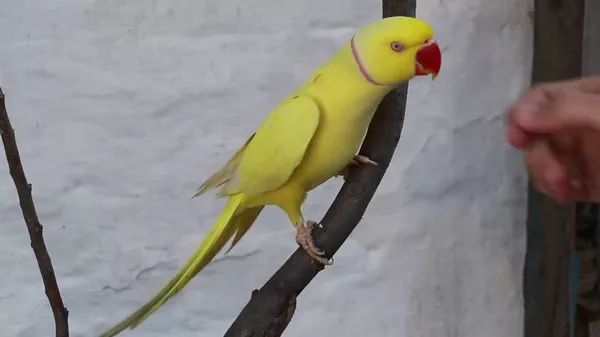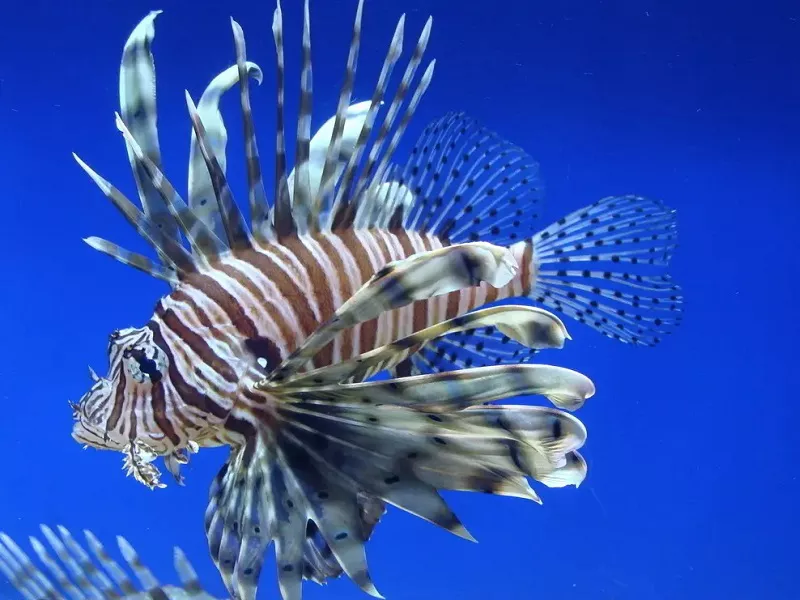Cockatiels are fascinating and intelligent birds known for their playful nature and melodious chirps. However, biting can sometimes be a common behavior issue with these feathered companions. It’s important to understand that cockatiels may bite for various reasons, including fear, territoriality, or even as a means of communication. Fortunately, with patience, consistency, and positive reinforcement, you can train your cockatiel not to bite. In this comprehensive guide, we will explore effective techniques and strategies to help you establish a trusting and harmonious relationship with your beloved cockatiel.
Understanding Cockatiel Behavior
Before embarking on the journey of training your cockatiel, it’s essential to gain insight into their natural behaviors. Cockatiels are social creatures that exhibit different body language cues, vocalizations, and beak movements to communicate their intentions. By understanding these behaviors, you can decipher the underlying reasons for biting and address them accordingly. This section will provide you with valuable knowledge on cockatiel behavior, enabling you to better connect with and train your feathery friend.
Building Trust and Bonding
Establishing trust is the foundation of successful cockatiel training. This section will guide you through the process of building trust and bonding with your cockatiel. It includes tips on creating a safe and comfortable environment, offering nutritious food and treats, and practicing gentle handling techniques. By creating a positive and nurturing atmosphere, you can lay the groundwork for a strong bond with your cockatiel, setting the stage for effective training and reducing the likelihood of biting.
Positive Reinforcement Training
Positive reinforcement is a proven and humane training method that encourages desirable behaviors in cockatiels while discouraging biting. This section will delve into the principles of positive reinforcement and provide practical strategies for implementing it during training sessions. You will learn about the importance of timing, using treats and rewards effectively, and employing clicker training to reinforce positive behaviors. With consistency and patience, you can teach your cockatiel alternative behaviors that replace biting, fostering a harmonious and bite-free relationship.
Addressing Fear and Aggression
Fear and aggression are common triggers for biting in cockatiels. Understanding the root causes of these behaviors is crucial for addressing them effectively. This section will explore techniques for desensitization and counterconditioning, helping your cockatiel overcome fear and aggression through gradual exposure and positive experiences. You will also learn how to create a safe and secure environment, provide appropriate outlets for natural behaviors, and use body language to communicate trust and reassurance.
Handling and Body Language
Proper handling techniques and understanding cockatiel body language are vital aspects of bite prevention. This section will provide guidance on correctly and confidently handling your cockatiel, ensuring both their safety and your own. You will learn to interpret subtle body language cues such as crest position, eye dilation, and feather posture to gauge your cockatiel’s mood and address any potential biting triggers. By fostering a sense of security and understanding, you can minimize stressful situations and build a stronger bond with your feathered friend.
Conclusion
Training a cockatiel not to bite requires patience, consistency, and a deep understanding of their behavior. By following the techniques and strategies outlined in this comprehensive guide, you can establish a trusting and respectful relationship with your cockatiel. Remember that each cockatiel is unique, so tailor your training approach to their individual needs. With time and dedication, you can overcome biting behaviors, creating a loving and bite-free environment for both you and your cockatiel to enjoy.
Recommended reading:


























